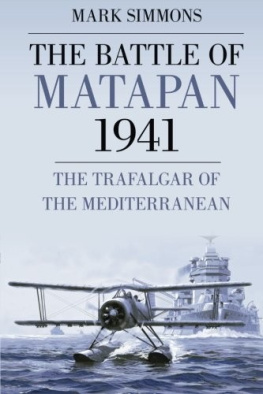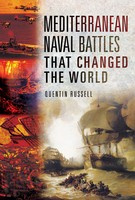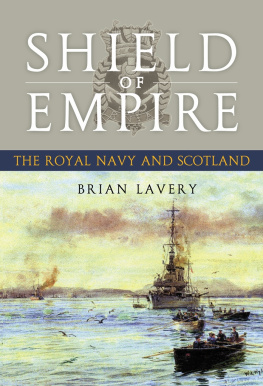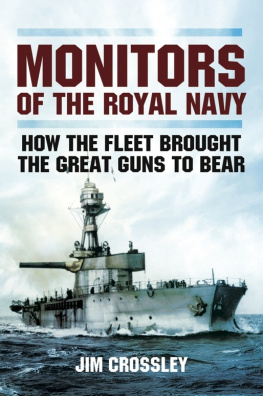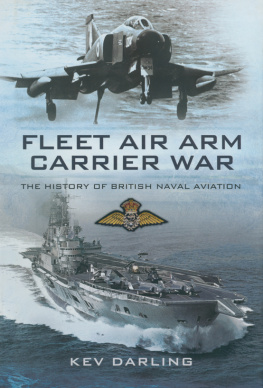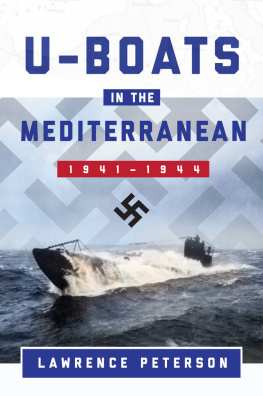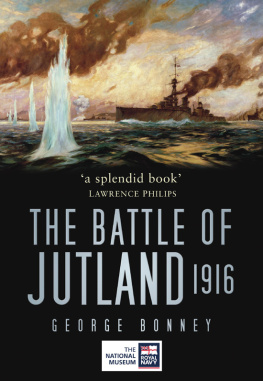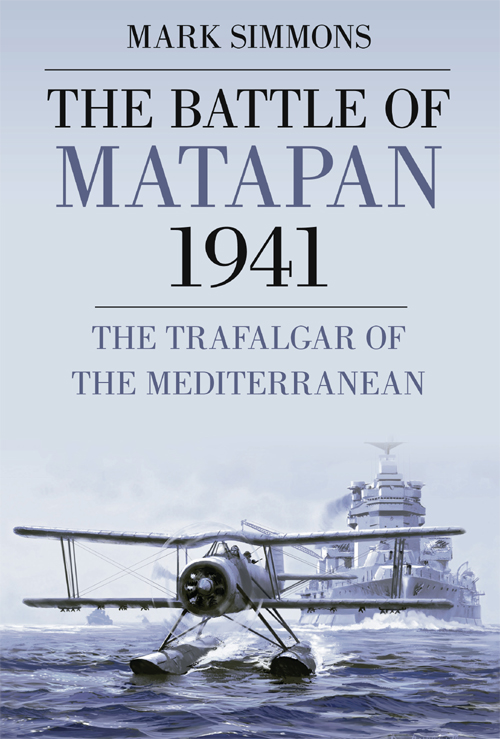THE BATTLE OF
MATAPAN 1941
The Mediterranean is an absurdly small sea; the length and greatness of its history makes us dream it larger than it is. Lawrence Durrell, The Alexandria Quartet: Balthazar
For the members of my family past and present who have served in the Royal Navy and Royal Marines.
MARK SIMMONS
THE BATTLE OF
MATAPAN 1941
THE TRAFALGAR OF THE MEDITERRANEAN
SPELLMOUNT
Front cover: Warspite Recovers her Swordfish. HMS Warspite picks up her reconnaissance plane at speed, a manoeuvre never tried out before as the British Fleet steam flat out to catch the Italian warships. The Swordfish piloted by Petty Officer Ben Rice had been aloft for nearly five hours, searching in vain for the Italian fleet. Low on fuel the aircraft was recovered by the fast moving Warspite in a challenging operation that was faultlessly accomplished. (Painting by Dennis C.Andrews)
Mark Simmons served in the Royal Marines in the 1970s. He is now a full-time writer specialising in military history and is the author of two novels, From the Foam of the Sea and The Serpent and the Cross.
First published 2011 by Spellmount, an imprint of
The History Press
The Mill, Brimscombe Port
Stroud, Gloucestershire, GL 5 2 QG
www.thehistorypress.co.uk
This ebook edition first published in 2011
All rights reserved
Mark Simmons, 2011
The right of Mark Simmons, to be identified as the Author of this work has been asserted in accordance with the Copyrights, Designs and Patents Act 1988.
This ebook is copyright material and must not be copied, reproduced, transferred, distributed, leased, licensed or publicly performed or used in any way except as specifically permitted in writing by the publishers, as allowed under the terms and conditions under which it was purchased or as strictly permitted by applicable copyright law. Any unauthorised distribution or use of this text may be a direct infringement of the authors and publishers rights, and those responsible may be liable in law accordingly.
EPUB ISBN 978 0 7524 7264 5
MOBI ISBN 978 0 7524 7263 8
Original typesetting by The History Press
Contents
Acknowledgements
The genesis of this book came about while researching some articles on the Taranto Raid. It struck me there were some relatively recent books on the Taranto Raid but not on Matapan. I am grateful to the veterans of the Second World War whom I spoke to, and through whom it was made apparent to me that the battle, particularly in three key areas, needed exploring again. This was not to detract from the older excellent accounts of the Battle of Matapan, S.W.C. Packs The Battle of Matapan which is largely an eyewitness account by the weatherman of HMS Formidable which I have quoted several times, and Ronald Seths Two Fleets Surprised: The Battle of Cape Matapan, which is different in its approach, exploring the Italian side of events more fully. Both are now 50 years old and much new material pertaining to the battle has become available since their publication. Neither of the earlier versions make any reference to the Ultra decodes, the name used by British intelligence resulting from the decryption of encrypted Axis radio communications in the Second World War. They could not have mentioned the vital part Bletchley Park played in the battle, as the information was not declassified until the mid 1970s.
I am hugely indebted to Group Captain L.E. (Robbie) Robins AEDL, who drew my attention to much of the role Ultra played, and gave me free use of his extensive library, supplied numerous cups of coffee and great conversation and was good enough to read an early draft making many excellent comments and suggestions. And to David Pearce my architect, another avid book collector who introduced me to Robbie, which proved such a great favour.
The second area was to reassess the Italian side of events. Count Galeazzo Cianos diary gave a flavour of Italian High Command political and military at the highest levels. Commander Marc Antonio Bragadins The Italian Navy in World War II has been invaluable, as has the help of C.V. Francesco at the Italian Navy Historical Archives.
Thirdly the role of Admiral of the Fleet Lord Cunningham of Hyndhope as C-in-C Mediterranean Fleet in 1941 needed some assessment, as his role has become rather tarnished in recent years. Cunninghams own autobiography A Sailors Odyssey was a vital source. The HMSO official British histories have also been a gold mine of information.
Many associations have helped with eyewitness accounts and illustrations. Ray Oliver and Sara Wrigley at the HMS Barham association, Russ Graystone at the HMAS Perth association, Denis W. Edwards at the HMS Formidable association and Frank Allen at the HMS Hood association. Also the BBCs WW2 Peoples War archive, for the memories of Surgeon-Commander E.R. Sorley RN supplied by Graeme Sorley.
I also want to thank many museums for their help with illustrations. In particular the Royal Navy Museum Portsmouth, Fleet Air Arm Museum Yeovilton, the Italian Navy Historical Archives, the Venice Naval History Museum, the Imperial War Museum and the United States Navy Historical Centre.
Iain Ballantyne and Dennis C. Andrews (who also provided the artwork for the front cover) at International Fleet Review, John Mussell at Medal News and Flint Whitlock at World War II magazines gave me much encouragement, advice and help.
My Wife Margaret as always gave her wholehearted support in proofreading and index building with additional help from Jo Shinner. My Father A.F.T (Tom) Simmons ran his expert sailors eye over the manuscript and assisted with illustrations. Thanks to all.
Prologue
Here we are safely back in harbour after taking part in what has been rightly described as the greatest naval battle of the war. So wrote Surgeon-Commander E.R. Sorley in April 1941, who served on the battleship Barham, part of the golden generation that fought during the Second World War, sadly fast disappearing now. He tried to analyse the Battle of Matapan: Our success was due to (a) an extraordinary piece of good fortune in coming close enough to the enemy in the dark (b) the Italians ignorance of our whereabouts and (c) our very prompt seizing of the opportunity before the enemy could escape.1
Of course Sorley could not have known there was rather more to it than that; vital aspects responsible for victory were hidden. The Italian fleet was hamstrung by its own countrymen and allies. A labyrinth of Axis politics and strategies did it no favours. Yet it might have turned out differently had another course been taken.
And then there are the voices of those who took part from admirals, to pilots and the ratings of the lower decks; all were heroes in the long story of men at sea.
Note
1 BBC World War II archives. Surgeon-Commander E.R. Sorley
Introduction
It was the humid season on Malta, that September of 1943. The hot Sirocco winds from North Africa blow from August to October across the cool sea, raising humidity. The local sailors do not like them because the seas have time to build up and on land they can bring bad dust storms to the Maltese islands and Sicily. However, the weather was clear on the day the Italian fleet came to surrender.

